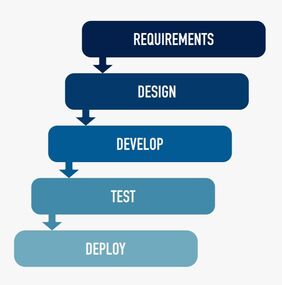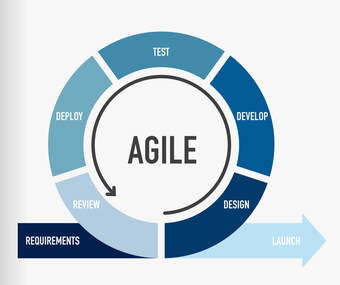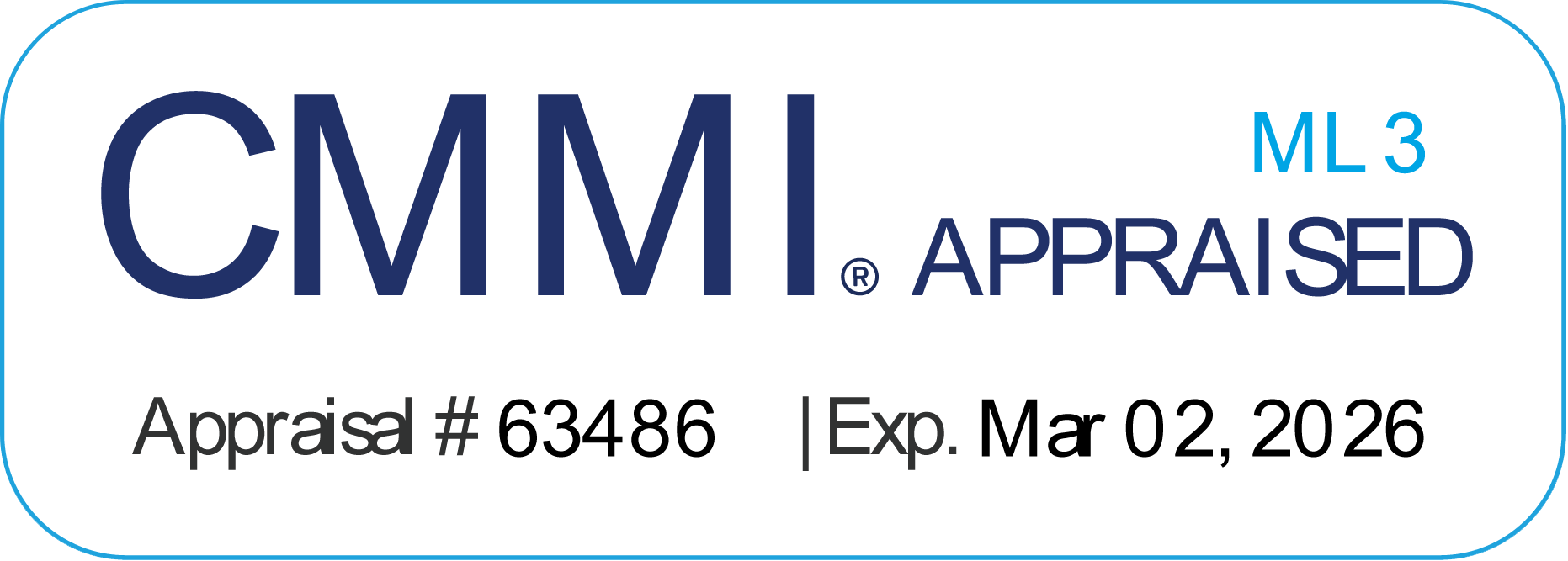|
Waterfall and Agile are two popular project management approaches; different and both beneficial enough to poise a dilemma for solution delivery. Agile’s key tenet is to provide flexibility while waterfall is based on a sequential approach to solution delivery. Choosing Agile or Waterfall, however, is becoming less of a choice as more organizations discover they require a mix of the two. to edit.  Waterfall Approach The traditional Waterfall model gives the solution team meticulous upfront planning, resulting in detailed project plans and comprehensive documentation of requirements that enables projects to:
 Agile Approach Agile was created in direct response to waterfall’s rigid processes, comprehensive documentation and sluggish response to change and feedback. Agile’s frequent delivery allows the customer to provide constant feedback, flexible response to changes in requirements and continual improvement, resulting in a higher-quality product. A considerable disadvantage for Agile lies in the very reason for its creation; it doesn’t provide a clear roadmap to end-state delivery which can result in scope confusion, longer ramp-up time for new team members and idle time for the development team who often have to wait for requirements documentation to catch up with the sprint cycles. The Scaled Agile Framework (SAFe®) in particular allows for enterprise-level application of lean-agile practices by providing an implementation roadmap at the Program Increment (PI) level, forecasting deliverables a few months ahead while also allowing for longer-term solution planning that can span multiple years. Project success depends upon teams spending the time to tailor the solution delivery approach, mixing methodologies to formulate the best practices needed to meet the unique needs of the project. The solution when we play together: In the best of both worlds, we would have a methodology that enables:
0 Comments
Leave a Reply. |
�
Archives
May 2022
Categories |
8229 Boone Boulevard - Suite 885 - Vienna, VA 22182
© Systems Engineering Solutions Corporation 2003 - 2022
© Systems Engineering Solutions Corporation 2003 - 2022

 RSS Feed
RSS Feed



